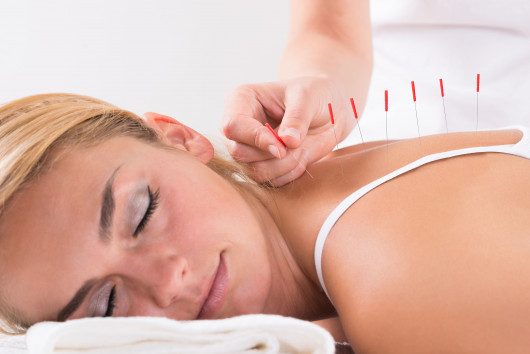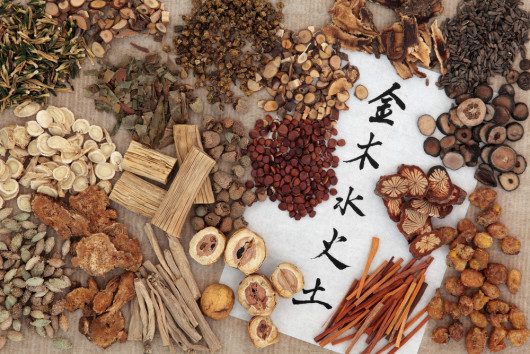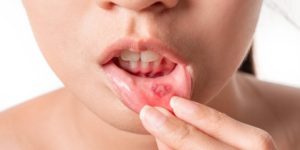To be successful in any sport, athletes have to be functionally fit and healthy. One way to achieve this by making sure their training and nutrition is on point. However, even the most fit athletes aren’t immune to injuries when playing contact sports. Today, many sports teams are using different methods to treat their athletes in an effort to speed up their recovery speeds and maintain peak performance.
One such method is the use Traditional Chinese medicine (TCM). TCM is making waves in the sports industry where many physical therapists use it to treat a variety of different injuries such as sports hernias. It’s an ancient form of healthcare that originates from China and is predominantly practiced by many Eastern countries. Over the past decades, TCM is slowly being adopted by other Western nations mainly because of its natural approach to treating ailments and conditions.
Here we’ll be discussing how Chinese Medicine can be beneficial for treating injuries such as sports hernias. Before we get started, let’s talk about what a sports hernia is.
What Is a Sports Hernia?

A sports hernia (called athletic pubalgia in medical terms) is a groin injury where the soft tissues are stretched or torn. The most susceptible tissues are the oblique muscles that are attached to the pubic bone. Sports that involve extreme twisting movements of the lower body can cause sports hernia. You’ll often see this injury in basketball, soccer, football, and rugby where the athletes vigorously plant their feet and utilize explosive lower body movements when playing the game.
Without proper treatment, a sports hernia can result in chronic pain that could otherwise hinder an athlete’s ability to resume playing sports. The pain usually gets better with adequate rest, but can be aggravated when returning to any sport where twisting movements are involved.
How Chinese Medicine Can Help Athletes Recover From a Sports Hernia
Alongside physical therapy, Chinese medicine is used as a complementary treatment to facilitate rehabilitation in injured athletes. In most cases, athletes undergo non-surgical treatment to allow the torn tissues to heal. Rest and physical therapy are important to increase strength and flexibility in the groin area. Usually, it takes around 4-6 weeks for the injury to heal completely. During this timeframe, Chinese medicine may be introduced to relieve the patient from chronic pain.
If the tissues are severely torn, then surgical treatment is required. Chinese medicine makes for a great post-surgery treatment because it helps lower inflammation. Acupuncture, cupping therapy, and herbal medicines are the most popular forms of TCM and practitioners use these healing methods to speed up the rehabilitation process in injured athletes. We’ll be taking a look at how these forms of alternative medicine can benefit the recovery of athletes with a sports hernia.
Acupuncture

Acupuncture is an ancient healthcare practice that uses thin, sterile needles to stimulate different areas of the body. These needles are inserted into specific acupuncture points to reduce chronic pain associated with sports injuries. Currently, acupuncture is used to treat a number of conditions like:
- Spasms
- Joint pain
- Hormonal imbalances
- Tendonitis
- Knee pain
- Chronic back problems
One of the key benefits of acupuncture is the immediate results it provides. Patients reportedly feel better right away following the treatment. Many athletes often have regular acupuncture treatments after a game to help relieve muscle swelling, bruising, and even ligament injuries. Acupuncture works by stimulating the body’s connective tissue, nerves, and muscles. This helps promote increased blood flow which triggers the body’s natural healing mechanisms to combat pain and soreness.
Chinese Herbal Medicine

Along with acupuncture, many TCM practitioners also use Chinese herbal medicines to treat athletes with sports-related injuries.When combined with physiotherapy, the healing properties of herbs are amplified and the healing capacity of the body is increased. Chinese herbal medicine extracts the medicinal properties of herbs and plants to help reduce chronic pain brought about by a sports hernia.
Chinese herbal medicine also treats several other conditions like muscle cramps, soreness, and fatigue. By gently massaging the area with soothing ointments, flexibility is improved and blood flow is increased which repairs microscopic damages on the muscles and fascia by bringing important nutrients to those areas. Deep massages with herbal salves promote permeability in the body’s fibrous tissues which allow more nutrients and fluid to flow through the tissues.
Cupping Therapy

Cupping therapy has increasingly becoming a popular form of TCM among professional athletes. When it comes to treating sports hernias, cupping therapy works by encouraging circulation throughout the targeted area. This helps relax the muscles, reduce muscle soreness and pain, and helps promote better blood flow throughout the body. A suction cup is applied to certain pain points throughout the body which eases stiffness associated with many sports-related injuries. Cupping therapy targets soft tissues by applying pressure to pain points where there is swelling. The increased blood flow transports essential nutrients to the muscles to help with repair and recovery.
Back in 2016, swimmers were spotted with circle marks all over their bodies during the Rio Olympics. This means that top athletes utilize cupping therapy to facilitate recovery and reduce fatigue while maintaining peak performance.
Conclusion
Chinese medicine works best when combined with physiotherapy and modern treatment methods for curing sports hernias. Physical therapists are starting to use Chinese medicine as a complementary healing therapy to accelerate the rehabilitation process of injured athletes. Because of its many benefits, Chinese medicine is quickly being adopted not just by sports teams, but by many medical establishments as well to promote a holistic approach of treating injuries as a whole.



